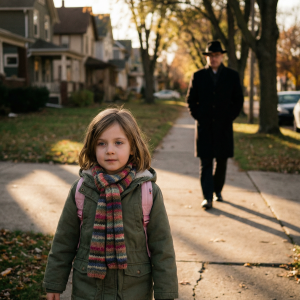Fear comes in countless forms. While some people battle common terrors like towering heights or slithering serpents, others wrestle with anxieties so unusual they baffle everyone around them.
Mine happens to involve bees. Actually, let me be precise – it’s any creature that hums through the air with a stinger attached, though bees definitely top my list of winged nightmares. What sparked this irrational dread? That’s the million-dollar question. If I had that answer, maybe I could finally conquer this ridiculous fear.
Growing up, my panic reached embarrassing proportions. I’ll confess something mortifying: if some magical force had granted me the ability to snap my fingers and erase every bee from existence, my younger self might have done it without hesitation.
Thank goodness wisdom comes with age. Looking back now, armed with actual knowledge and emotional maturity, I realize such an act would have been catastrophically foolish. Eliminating bees would have essentially signed humanity’s death warrant.
Here’s the reality: bees serve as irreplaceable pillars of our natural world. According to the United Nations Environment Programme, among the 100 crop types that supply a staggering 90% of global food production, 71 depend entirely on these industrious pollinators for survival.
This revelation – combined with my evolution into a reasonably sane adult – has fundamentally shifted my perspective on bees. Sure, I might still bolt like a startled deer when one decides to investigate my picnic, but I genuinely appreciate their critical contribution to our planet.
Unfortunately, diving into current research reveals some deeply troubling statistics about the challenges these creatures face. The Center for Biological Diversity reports that roughly 40% of bee species currently teeter on the brink of disappearing forever.
Given these alarming circumstances, it makes perfect sense for everyone to learn simple methods for supporting bee populations – especially those of us living in concrete jungles and suburban neighborhoods.
Renowned naturalist and conservation hero David Attenborough recommends something beautifully straightforward: placing a small spoon filled with sugar water somewhere in your outdoor space. This humble gesture might appear insignificant, but that sweet mixture can literally resurrect depleted bees, providing the fuel they desperately need to continue their journey instead of perishing from exhaustion.
When you encounter what appears to be a motionless bee on your patio or sidewalk, chances are the little warrior simply lacks the energy to make it home to the hive. The life-saving recipe requires just two tablespoons of regular white sugar mixed with one tablespoon of water.
Feeling motivated to do more? Excellent news – additional help is remarkably easy to provide. Something as basic as arranging flowering plants on your apartment balcony or designating a corner of your yard for native wildflowers can make an enormous difference. These blossoms supply the nectar that sustains bee communities, strengthening the entire local ecosystem in the process.
So next time you catch your family members setting out a tiny spoon of sweetness, let them carry on with their mission! Even better, grab your own spoon and join this small but meaningful effort to support our buzzing allies.





